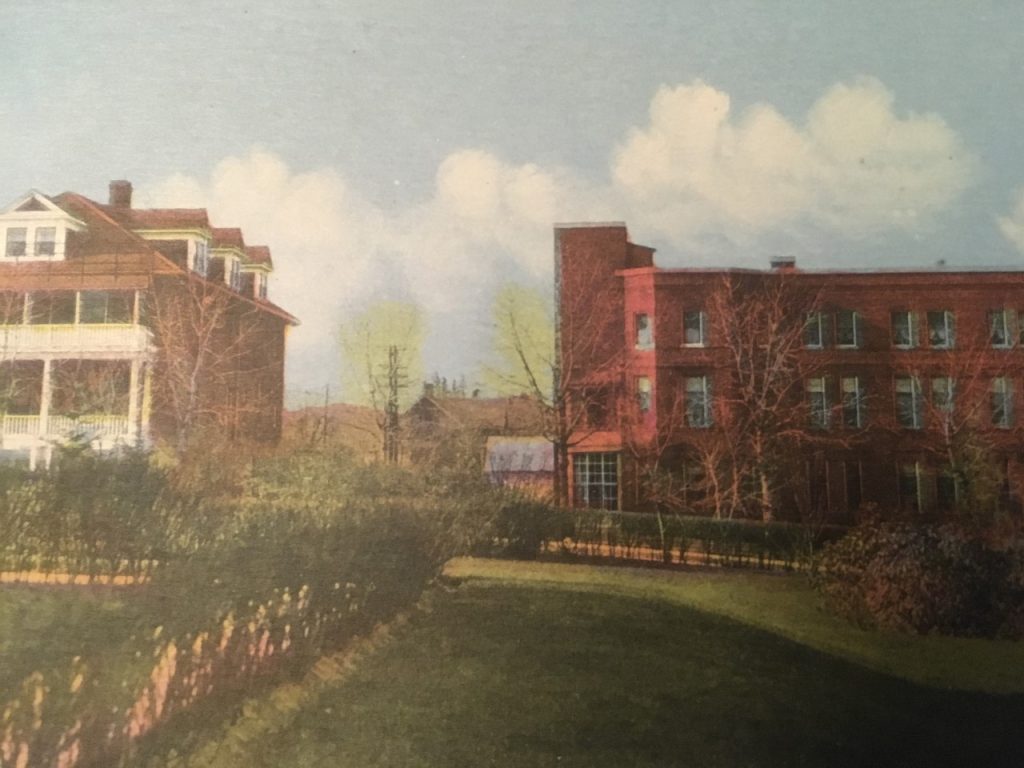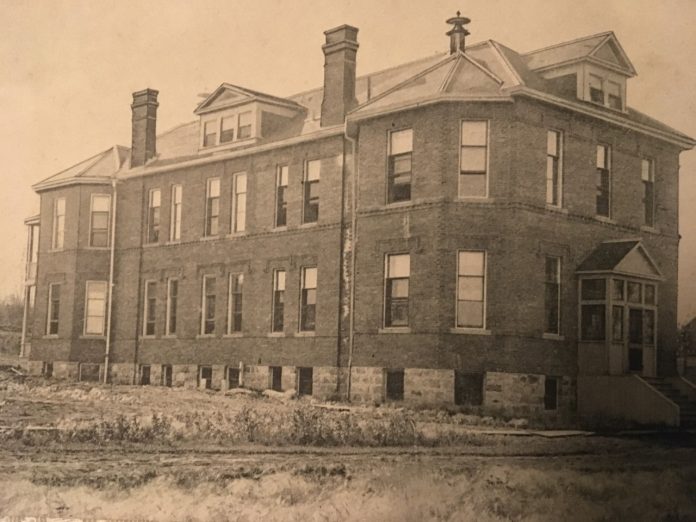As we await the next iteration of the Victoria Hospital, I thought it might be of interest to look back on its origin and history. However, in order to fully appreciate the hospital’s beginnings, the earliest history of health care in what is now the province of Saskatchewan needs to be reviewed.
What we now call Saskatchewan was, of course, part of the North West Territories when it became part of Canada in 1870. At that time, boards of health existed, primarily to combat epidemics. The clergy and the North West Mounted Police played a prominent role in enforcing the expectations of these boards.
Those of you who have attempted to research the family trees of early settlers will be aware that marriages were first registered in 1877, and births and deaths had to be registered beginning in 1878. Family bibles and church records are, as a result, of great importance for such searches.
It was not until 1898 that legislation provided for medical health officers and sanitary inspectors. Beginning in 1899, these individuals fell under the supervision and responsibility of the Department of Agriculture. When Saskatchewan became a province in 1905, a provincial laboratory was established, and between 1906 and 1909 the provincial medical officer worked to improve the reporting of vital statistics in order to obtain public support in controlling tuberculosis, to improve water systems, as well as to improve hospitals and standardize nurse training. It was in the latter year that the Bureau of Public Health was established under the Department of Municipal Affairs.
The Town of Prince Albert was ahead of the federal and provincial governments when it came to health care. In 1890, fifteen years before we became a province, a group of Prince Albert ladies displayed their interest in opening a hospital to serve the local district. They organized themselves into a Ladies’ Hospital Aid with the view to raise monies to establish a hospital. By means of concerts, bazaars, excursions, and other devices, these ladies succeeded in realizing $1,244.72, an amazing amount in those years.
However, for reasons which were never documented, interest in opening a hospital dwindled. It was not until 1899 when the hospital question once again caught the attention of the locals. After several meetings a decision was reached to establish the facility. A committee was appointed to take the steps necessary to select a building, and a subscription list was circulated, and a nursing staff was engaged.
The hospital was to be located in a house once owned by Dr. A.E. Porter, a good-sized brick building in the unit block of 12th Street West. At the time of opening, the house and property were owned by T.J. Agnew, another of Prince Albert’s early settlers. On November 7th, 1899, the Victoria Hospital of Prince Albert was opened with a Lady Superintendent, a general duty nurse, a servant, and a caretaker. The hospital had accommodation for seven patients. That same day, the first patient was admitted and “the Vic” became the second hospital to open in what was to become the Province of Saskatchewan. Regina was the site of the first hospital.
The running expenses for the hospital that first year, after crediting the sums received from paying patients, averaged $110 a month. Prince Albert town council provided a $500 grant, while the Ladies’ Hospital Aid transferred the monies which they had raised. They also assisted in equipping the wards with bedding, linen, and other furnishings, as well as contributing an extra $400 cash.
Efforts to find a photograph of this building proved difficult. The only picture which I was able to locate showed only a portion of the roof line of the house, which was located immediately east of where Anderson Motors was once located, and is now the site of Surplus Furniture and Mattress Warehouse, immediately across the street from the former Prince Albert library.
With the number of patients utilizing the hospital, it was identified very quickly that a larger facility would be required. When the opportunity presented itself, the former Nisbet Academy property, twenty lots across from the Territorial Gaol, was purchased for $300. A brick building was built to accommodate twenty patients. The purchase of an additional small building allowed room for the seven staff members, including a matron, three nurses, and three other employees, to be accommodated in the new facility.
This purpose-built facility was heated by a furnace which provided a combination of hot water and hot air, and was later extended south and used as a maternity ward, a general ward, and a residence for staff, including four graduates and ten students. It was the responsibility of the night nurses to stoke the furnace, and to watch the water gauge.
In 1912, electricity was installed in the hospital and in 1914 an Isolation Hospital was built. I believe that this replaced the former “Pest House” which had stood on 2nd Avenue West between 22nd and 23rd Streets. The new facility was divided into four separate sections in order to segregate different kinds of infectious diseases. Later, a laundry facility would be installed in the basement of the building.

An x-ray machine was used in the hospital for the first time in 1922, and in 1926 a quartz-lamp, fracture table, and oxygen equipment were purchased, ensuring that the Victoria Hospital could provide the latest medical assistance. With the addition of a second storey to the main building in 1928, an elevator became essential. That same year, a nurses’ residence was connected to the main building by way of an underground link.
Between 1928 and 1941, the original x-ray machine was replaced, an iron lung, and other pieces of life-saving equipment were purchased for the hospital. A second underground link was completed, linking the Isolation hospital to the main building. In 1947, the sixty-four bed ward which the Department of National Defence had built during the Second World War, was purchased by the Hospital Board. This brought the hospital’s total number of available beds to one hundred forty-four.
A 1957 addition allowed for more beds, particularly for children, with the provision on the second floor for laboratory facilities which provided service for 910 beds in hospitals scattered throughout northern Saskatchewan. The 1959 addition, under the Union Hospital administration, made available more hospital beds, new administrative offices, dietary facilities and an outpatient area. The bed capacity was now 180, with 17 bassinettes. Further renovations occurred in 1960 to update the 1904 section of the hospital.
A resolution of council dated August 18th, 1919 directed Mayor Samuel McLeod and Alderman E.T. Bagshaw to meet with the hospital board “to take up the advisability of forming a Union Hospital District” and report back to Council. However, it was not until 1958 that the surrounding municipalities entered into such an agreement, and the hospital became the Victoria Union Hospital.
The next major decision of the Union board occurred in 1963 when they elected to present to the provincial government a master plan which would establish Prince Albert as a Regional Health Centre. This led to the purchase of the land on which the current hospital sits, and its opening in 1969.


